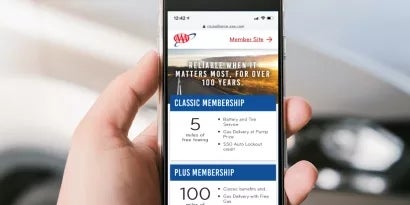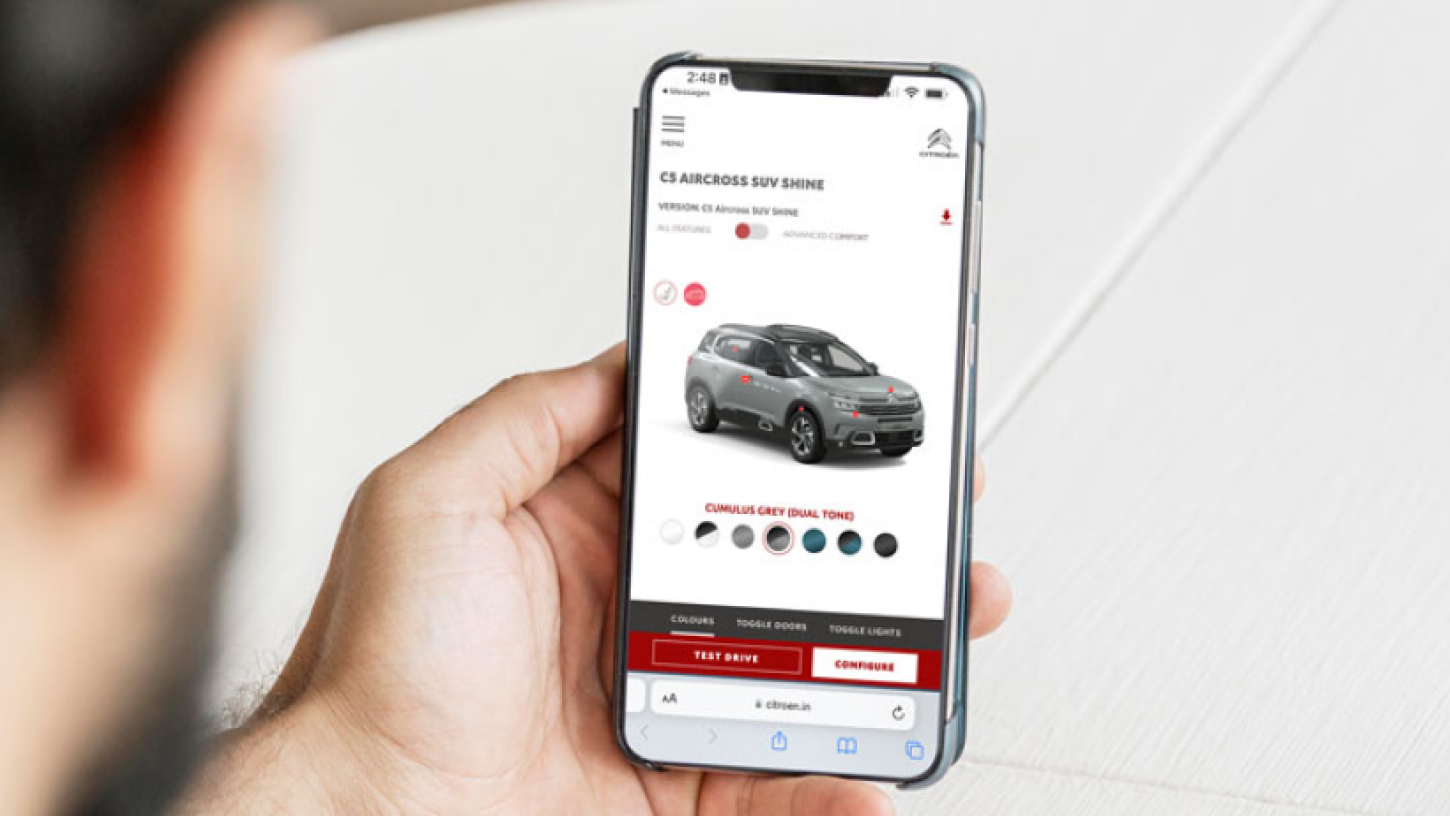
Automotive
Autotrader + UserTesting
See how human insight helps the online car marketplace align its digital experiences with the customer journey

Live Conversation allows me to do journey mapping type interviews and persona type work that I couldn’t do before because of staff and budget constraints.
Bradley Miller
Senior UX Researcher, Autotrader

About the company
Autotrader makes the car shopping experience easy and fun for today's empowered consumer looking to find or sell the perfect new, used or Certified Pre-Owned car.
Get started now
Contact Sales- 5XFaster speed to insights
- 80%Cost savings vs. traditional methods
 Refined the customer journey
Refined the customer journey
Second only to the purchase of a home, buying a vehicle is one of the most important and costly purchase decisions that most people make. But while a home purchase comes with the assistance of specialists—including realtors, home inspectors and mortgage brokers—car buying is a largely unassisted, though equally complicated, process.
As a Senior User Experience Researcher at Autotrader.com, Bradley Miller is well aware of the challenges faced by car buyers. “Cars are very unique in the consumer market. They’re one of the few products sold on technical specifications, such as the number of driven wheels, automated driving features, and engine type. There’s a really high learning curve on the product itself. Then you layer on top of that the financial decisions—between new or pre-owned vehicles, financing, leases or trade-ins—and there’s lots of trepidation when it comes to the car buying process.”
Autotrader’s mission is to improve the car buying experience, providing a website to empower consumers as they search for, research and buy vehicles. As the sole researcher supporting a lean UX team, and without the budget to hire a consultant to perform the required research, Miller turned to Live Conversation to connect with recent car buyers to better understand the customer journey
By leveraging Live Conversation, Miller was able to overcome the challenges that come with traditional interviewing methods.
1) Finding and connecting with target personas
The site attracts more than 14 million qualified buyers each month, but despite that, the UX team isn’t able to easily contact site visitors for feedback. Miller points out, “Unlike other businesses, we don’t have a customer list. Our users are actively engaged in the shopping process and connecting with our dealer clients. So I don’t have a practical way to just call up users on the phone to ask them questions.”
Miller was able to use Live Conversation to find, schedule and then conduct interviews with people from the UserTesting on-demand network. “I kept the contributor criteria relatively open because I really wanted a full understanding of the journey and all the different directions that it may take. For the most part, I sought out people who had made a car purchase in the past month and who had used the internet somewhere in that process.”
2) Engaging with a diverse group of car buyers
Miller points out that Autotrader has a pretty straightforward market: “It’s anybody who is interested in buying a car.” With such a wide and diverse customer base, Miller wondered if there were differences in behaviors and expectations linked to location, demographic or socioeconomic attributes.
“With Live Conversation, I was able to speak with people all over the country, not just in Atlanta around our headquarters. My goal was to find out if there is a difference— as much as if there isn’t— in behavior and intentions. We discovered that it was very much the latter: the major issues were pretty much the same regardless of location or the nature of the purchase.”
And the experience never gets easier. Adds Miller, “Everyone I spoke with—from people who were buying their first cars to experienced buyers who had purchased numerous cars throughout their lives—described the process as ‘exhausting.’”
3) Maximizing insights while minimizing costs “Traditional methods are very costly and come with lots of logistical problems. I'd have to spend thousands of dollars bringing people to the Autotrader office or traveling to multiple locations around the US for in-person interviews.”
While there are other options for doing interviews, Miller says that they come at a ‘price.’ “While more cost effective, doing phone interviews is hard because you don't know where contributors are or what they are doing. They may be driving or eating. With Live Conversation you know they are at home, at their computer—not distracted.”
Learning more about the many variations of the customer journey provided two major benefits to the Autotrader team—what Miller describes as ‘dispelling institutional myths’ as well as a change in the team’s perspective on customer-centric design.
1) Dispelling institutional myths
Longstanding assumptions about brand loyalty and the influence of third-party automotive classified sites had influenced how the team designed the site experience. “There was an institutional perspective about the kind of influence third-party automotive classifieds sites like Autotrader have on car shoppers, and therefore, we developed products and experiences around that perspective.”
“Having real-time conversations enabled us to gain deeper insights that confirmed hypotheses, dispelled others, and uncovered new truths about the consumer shopping process.” They discovered that the process of buying a car online resembled standard digital behavior: it all starts with a search engine. “Buying a car isn’t a new or different circumstance. It’s just another problem people have. People have questions, so they turn to Google or another search engine to get an answer.”
This contradicted previously held beliefs. “I learned that we need to meet consumers where they are. They don’t necessarily seek out a site like Autotrader; rather, they’re more likely to stumble into us from a search result.
“Realizing that they are starting with a search engine and could be dropped onto any page of our site challenges the notion that car buying follows a set sequential process. This is important because when we are designing pages, we have to ensure that each part of the experience draws them further into the website. We can’t assume they’ve been on other webpages and have greater context.”
Miller also shared these insights with the head of SEO, responsible for optimizing organic search traffic to the website. Notes Miller, “He was so excited when I told him that he actually thanked me. He said, ‘I’ve been telling people this for so long now, and to have you back this up with qualitative data is fantastic.’”
2) Change in perspective towards customer-centric design
Miller also shares that aligning on this information has helped shift the team approach towards designing customer-centric experiences. “It’s hard to overstate the value to a UX team of truly understanding customers, and helping them develop real empathy for what that user is going through, either on the site itself or the process.” He adds, “You’re not the user, so don’t design for yourself. If you don’t know enough about your users, it’s very hard to be empathetic towards them and provide the experiences that they are seeking.”






